 Abraham Lincoln
If given the truth, the people can be depended upon to meet any national crisis...
Abraham Lincoln
If given the truth, the people can be depended upon to meet any national crisis...
 Guildford news...
for Guildford people, brought to you by Guildford reporters - Guildford's own news service
Guildford news...
for Guildford people, brought to you by Guildford reporters - Guildford's own news service
Birdwatcher’s Diary No.82
Published on: 1 Mar, 2015
Updated on: 1 Mar, 2015
By Malcolm Fincham
Catching up on recent sightings, and briefly passing the time of day with a number of regular dog walkers and casual observers, I walked my local patch at Stoke Nature Reserve (also referred to as Riverside Park Nature Reserve).
Apart from the occasional flyby of a kingfisher, or a sighting of an unusual looking goose which often when described turns out to be one of the Egyptian kind, things can look quite mundane at this time of the year to some people.
It can be quite a challenge for me too on some occasions. However, when assisted by a pair of binoculars and a reasonable zoom camera it certainly does add an advantage to my viewing abilities.
One such sighting for me personally was a cormorant with a pure white neck, as it sat out on the tern raft glistening in bright sunshine one afternoon.
Thinking at first it maybe a continental one, on close inspection I concluded it just to be in breeding plumage, although still an unusual sight for me at the lake.
For those with a keen eye, the very well camouflaged common snipe can sometimes be viewed probing in the soft mud in the flooded field near Stoke Lock.
And if fortunate, as I was, they can occasionally be seen in flight.
One particular contentious sighting for me occurred on February 20 when following up on reports of a water pipit that was coming into roost near the boardwalk. These birds are winter visitors, and apart from a different call, they can often be confused with our native meadow pipits.
On cue, a bird came into roost alone in the same location that I had been told about. In the fading light it looked slightly larger than a meadow pipit and it seemed to show quite a prominent supercillium.
Some say that water pipits have darker coloured legs, but having read various reports this is also inconclusive. In my attempts in taking some photos in poor light in comparison with the meadow pipit images I took earlier that day, there certainly appeared to be some difference; but without hearing its call I was unable to convince myself, so would welcome any comments to a definite conclusion by any readers.
A bird I was able to hear there for the first time this year as night fell, but wasn’t able to locate, was the squeal of a water rail from within then reed beds.
A bird I was able to hear and even get glimpse of for the first time there on February 22 at Stoke Nature Reserve was a cetti’s warbler.
Having previously seen one at Farlington Marshes in December, I was also able to add it to the list of birds I have seen this year.
Around the reserve long-tailed tits can often be seen and heard – many with noticeable local silver tags on their right legs. They have been ringed for identity by the local registered ringer.
Bullfinches were also present most days, feeding on the buds in the hawthorn hedgerows to the south of the lake.
Chiffchaffs could also be viewed both around the reserve and by the sewage works, with some hesitantly breaking into short bursts of song.
Goldcrests could also be seen flitting around like winged mice – challenging my camera skills of getting one in focus.
As well as pied wagtails, a few grey wagtail could also be noted by the river.
The pair of resident great crested grebes on the lake could be seen side by side now starting to colour into their summer plumage.
This was seen by me as one of a number of noted subtle changes in the season, which has included snowdrops now out in flower, bringing a hopeful end to winter.
Along the towpath on viewing the field across the river a pair of stonechats could be seen.
While further out in the field, towards Bowers Court Farm, wintering wigeon and lapwings could still be seen in good numbers.
Elsewhere on my travels around the Guildford area, on February 14 I noted my first sighting of little egrets on the floodwater meadows, with a count of three as I viewed across from the road to Shalford.
Also in Shalford on February 25 I was able to get some rather pleasing record shots of a red kite as it drifted over the rooftops near Tillingbourne Road, before it rose up in the thermals and out of sight.
Always a therapeutic sight to my eyes.
Certainly one I could never tire of watching.
And in my view a perfect end to this report.
Recent Articles
- Guildford Institute’s Crowdfunding Project for Accessible Toilet in its New Community and Wellbeing Centre
- Letter: Guildford – Another Opportunity Missed?
- Letter: GBC’s Corporate Strategy – Where Is the Ambition?
- My Memories of John Mayall at a Ground-breaking Gig in Guildford Nearly Six Decades Ago
- Westborough HMO Plans ‘Losing the Heart of the Street’ Says Resident
- College Invests to Boost Surrey’s Economy and Close Digital Skills Gap
- Community Lottery Brings Big Wins for Local Charities
- GBC Housing Plan Promises ‘A Vibrant Urban Neighbourhood’ Near Town Centre
- Hospital Pillows ‘Shortage’ at the Royal Surrey
- Updated: Caravans Set Up Camp at Ash Manor School


Search in Site
Media Gallery
Dragon Interview: Local Artist Leaves Her Mark At One of England’s Most Historic Buildings
January 21, 2023 / No Comment / Read MoreDragon Interview: Lib Dem Planning Chair: ‘Current Policy Doesn’t Work for Local People’
January 19, 2023 / No Comment / Read MoreA3 Tunnel in Guildford ‘Necessary’ for New Homes, Says Guildford’s MP
January 10, 2023 / No Comment / Read More‘Madness’ for London Road Scheme to Go Ahead Against ‘Huge Opposition’, Says SCC Leader
January 6, 2023 / No Comment / Read MoreCouncillor’s Son Starts Campaign for More Consultation on North Street Plan
December 30, 2022 / No Comment / Read MoreCounty Council Climbs Down Over London Road Works – Further ‘Engagement’ Period Announced
December 14, 2022 / No Comment / Read MoreDragon Interview: GBC Reaction to the Government’s Expected Decision to Relax Housing Targets
December 7, 2022 / No Comment / Read MoreHow Can Our Town Centre Businesses Recover? Watch the Shop Front Debate
May 18, 2020 / No Comment / Read More






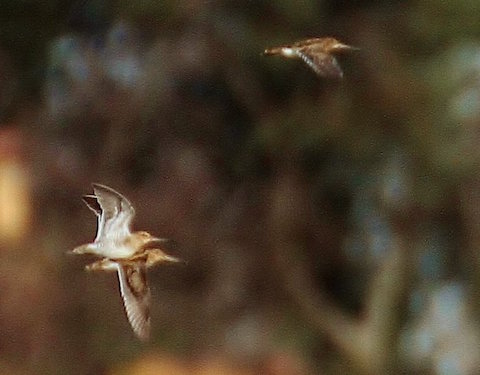

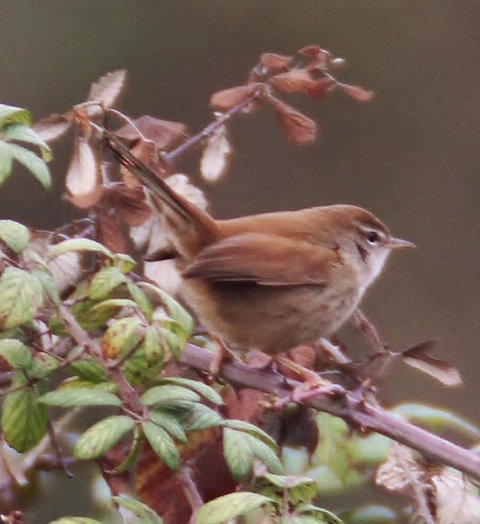

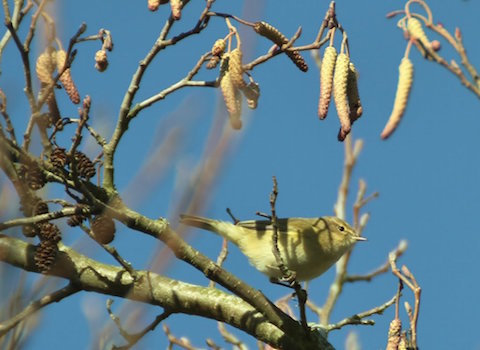
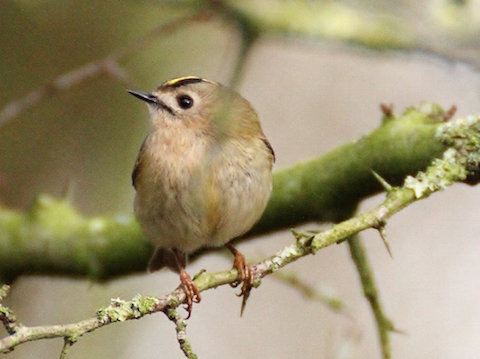
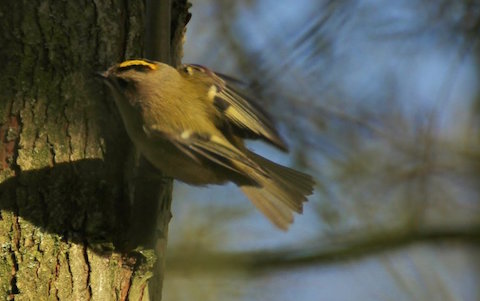
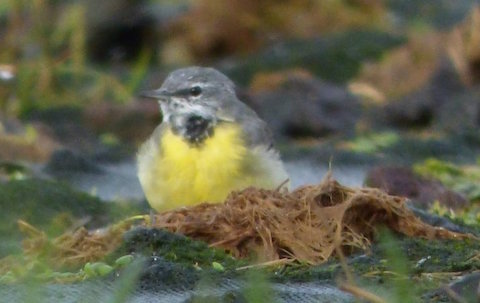
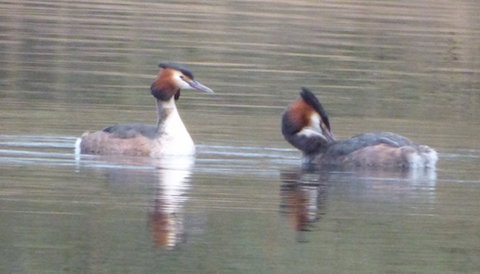
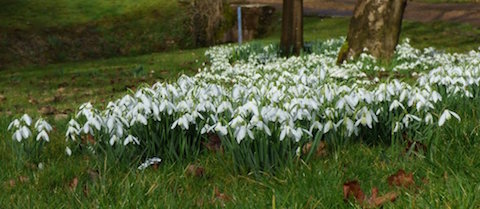
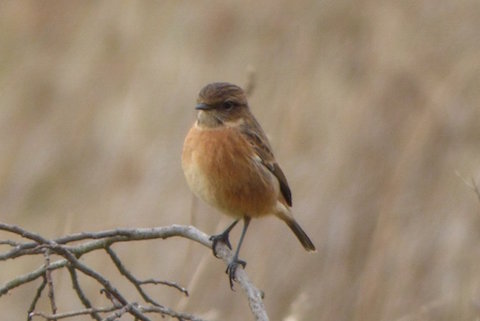
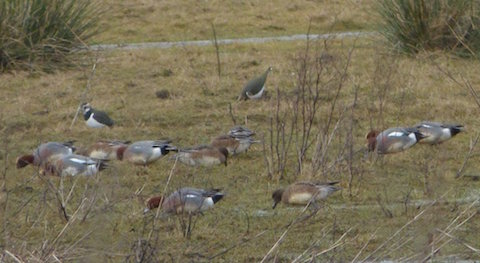

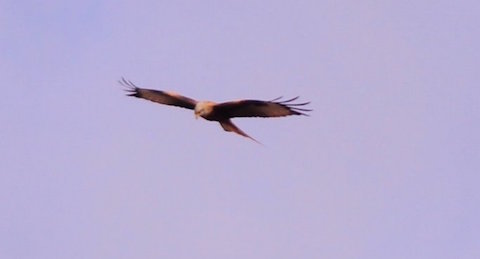
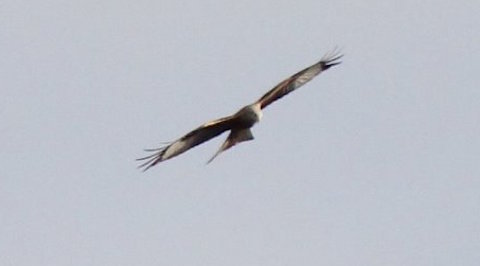

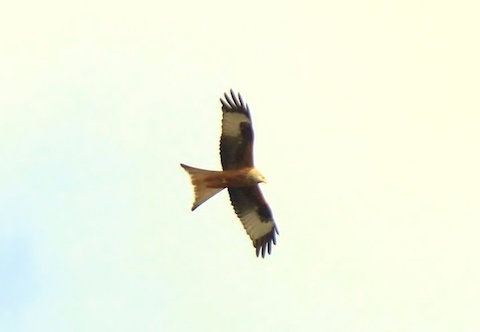






Recent Comments